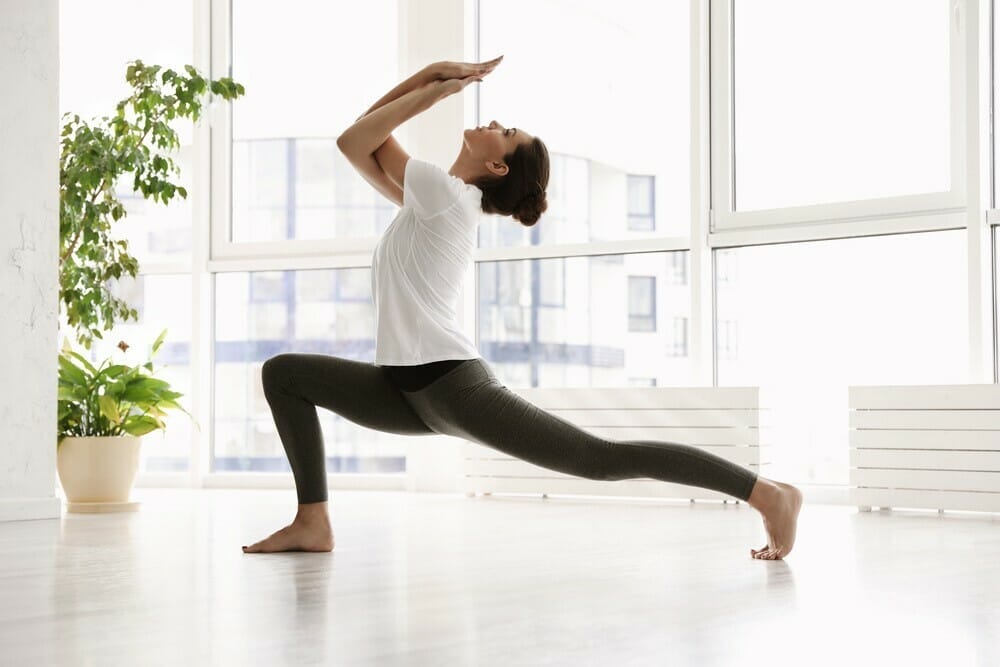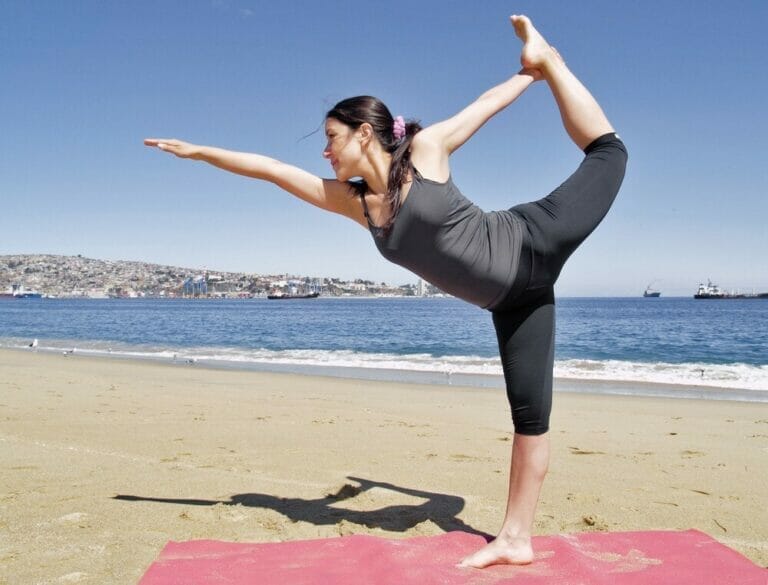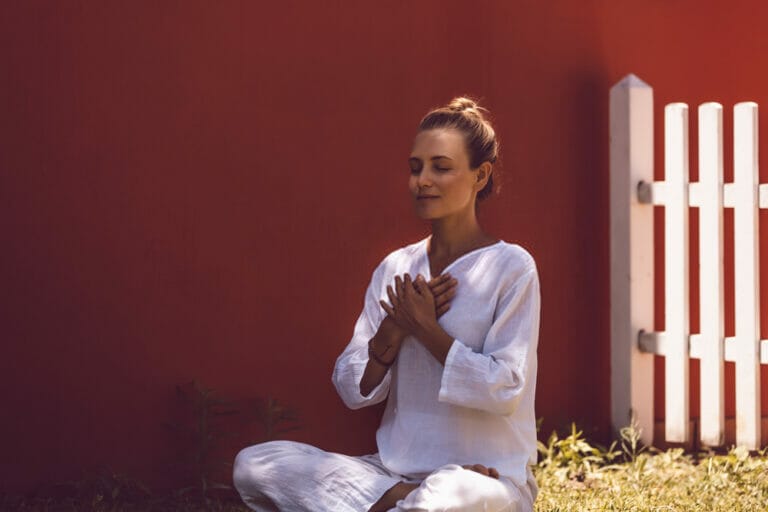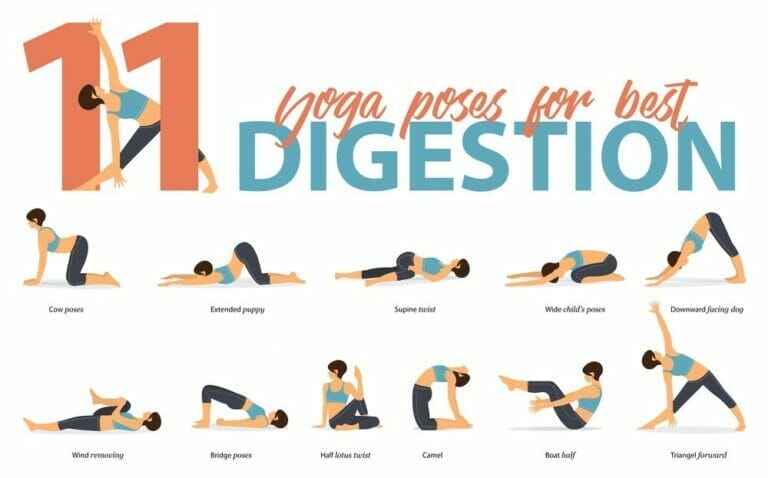Did You Know About These Yoga Poses For Arms?
Yoga and specific yoga positions, in particular, may help to strengthen and tone your entire body. And there are a plethora of arm strengthening yoga exercises to help you tone your arms!
So, how do you increase your arm strength only via yoga? Is it even possible to increase your arm strength without using weights or other equipment?
Of course, the answer is yes! Your body weight provides enough resistance for you. It all comes down to properly structuring your practice to optimize your strength increases.
The primary muscle group that you will focus on in an arm strengthening yoga exercise is your biceps. The biceps muscle is located at the front of the arm and is responsible for flexing the elbow joint.
Let’s take a look at the most effective arm strengthening yoga exercises to help you tone your arms, increase your strength and become more flexible than ever!
Adho Mukha Svanasana (Downward-Facing Dog)
The downward-facing dog is a yoga posture that involves arching your back and bending your legs into the shape of a “dog.” This pose also works on the muscles of the upper back.
This pose is excellent for providing your biceps with the right amount of resistance to strengthen them.
Just make sure to avoid rounding your shoulders while in this pose, as this will not improve your arms but will cause stress on the neck and shoulder muscles.
Plank Pose
The plank pose is another yoga posture that works on the muscle groups of the upper back. This pose builds strength in your upper body by working your triceps hard. Try to hold this pose for at least 30 seconds.
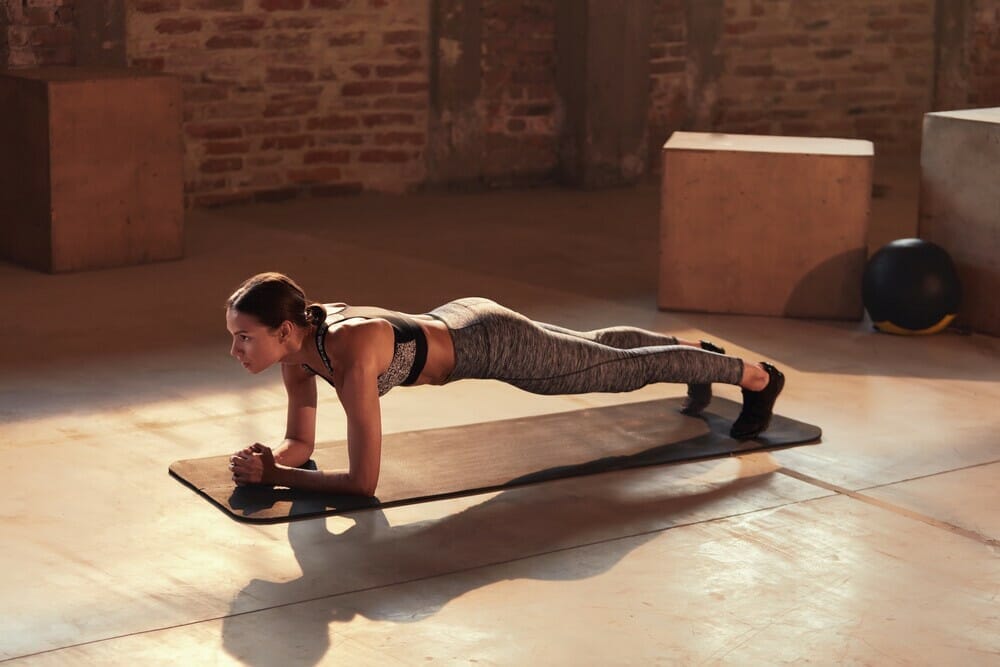
To make this pose even more challenging, raise your body so that your elbows are directly under your shoulders.
In Plank, stack your shoulders over your wrists and stretch your heels to the back of your mat. Ground your knuckles into the mat, soften your thoracic spine (upper and middle back), and hug your thumbs to the centre of the mat—firm your arm and leg muscles against your bones.
Extend your crown forward and back with your heels. Lift your low belly up and in and lengthen your tailbone toward your heels.
Urdhva Mukha Svanasana (Upward-Facing Dog)
The upward-facing dog yoga pose works on your biceps as well as your shoulders. The pose mimics the downward-facing dog except that you will have a much greater stretch in your arms.
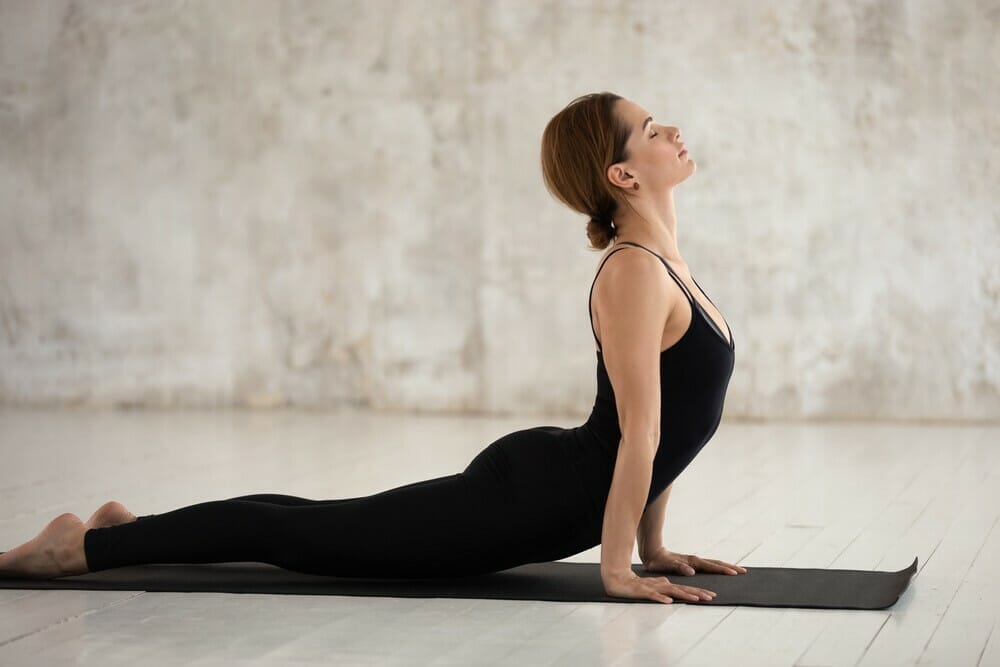
To do the upward-facing dog, start by doing a downward-facing dog, but instead of arching your back, you will arch your chest upwards. You can also bring your hands forward to create a more intense stretch in the biceps muscles.
Vasisthasana (Side plank)
The side plank pose will help build strength in your shoulder and arm muscles. While balancing on one arm, extend the other arm upwards to work your biceps more.
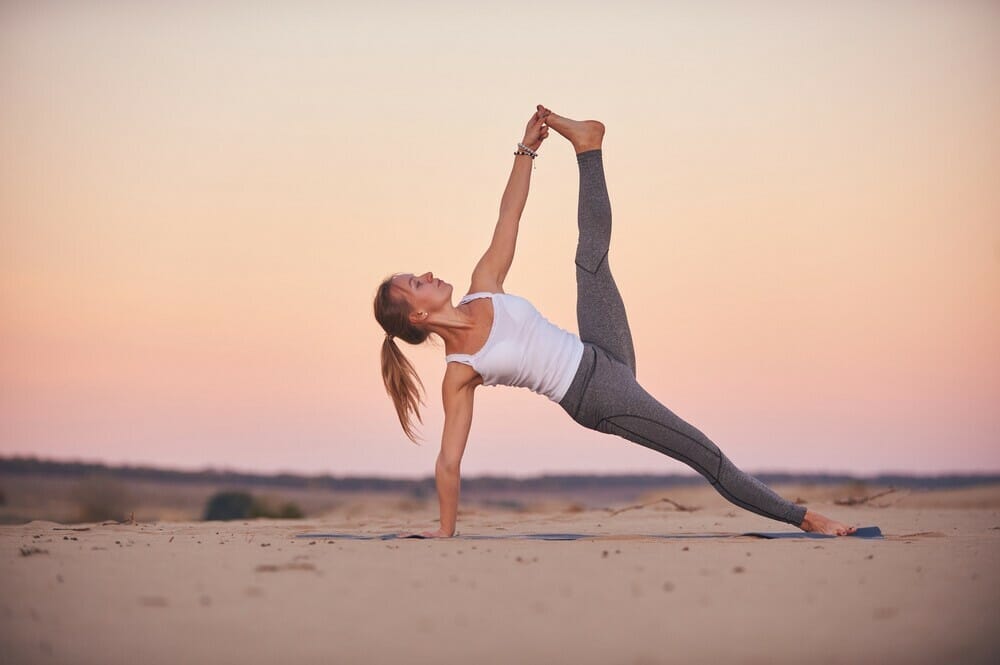
Make sure to keep your hips level with the floor, and avoid arching the lower back to strengthen your arms and not strain your back.
Adho Mukha Vrksasana (Handstand)
The well-known handstand is a very demanding yoga posture that works on your entire body. This pose will work on your triceps, biceps, shoulders, chest muscles, and core.
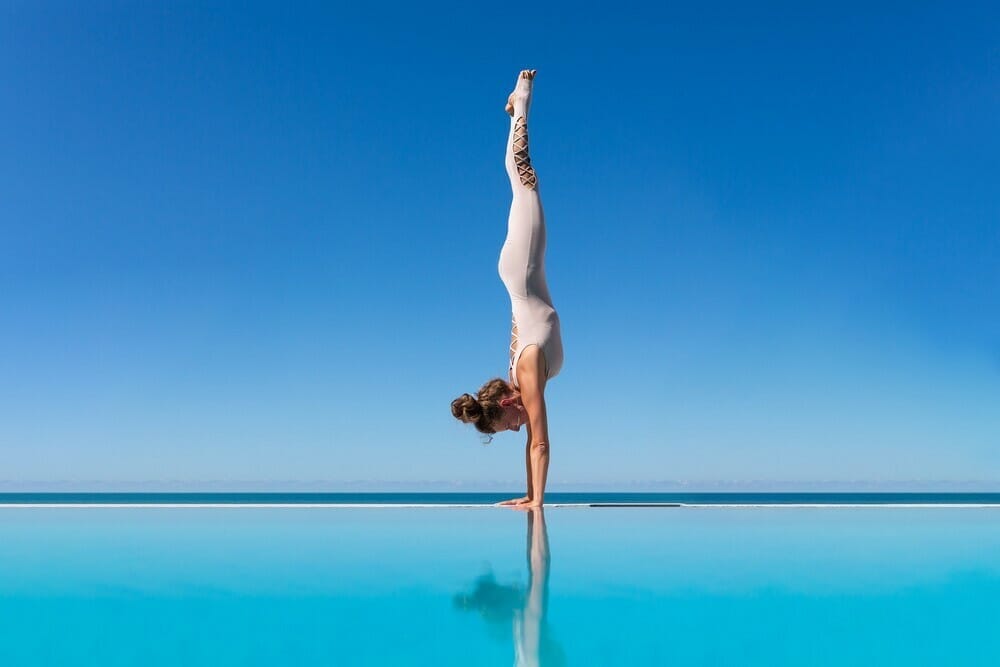
If you can hold the handstand for sixty seconds or more, then you have achieved a strength that most people never reach! Although this pose is usually challenging for beginners and even intermediate practitioners, it is something to strive for.
Chaturanga Dandasana (Four-Limbed Staff Pose)
In Chaturanga, you practice with bent arms, which promotes a much more robust engagement. Holding this position for a few breaths a few times throughout your practice will mainly focus your triceps and lower arm muscles.
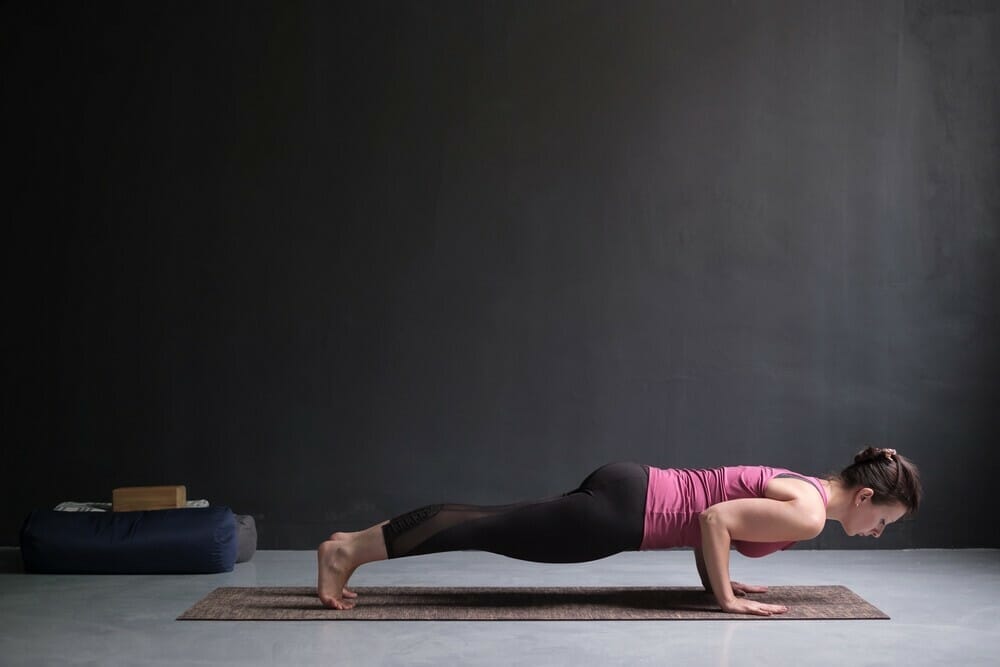
While the Chaturanga is a very demanding pose, it is not impossible to do (just be prepared!). These exercises will help you grow your arm muscle strength.
Bakasana (Crow Pose)
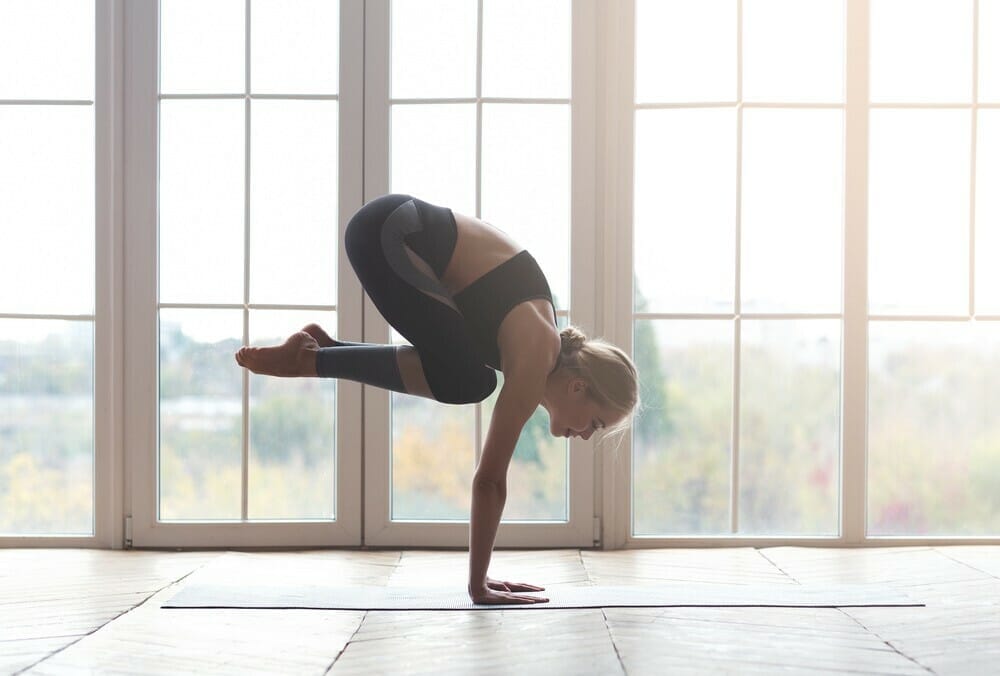
To prepare for Crow, move your feet up toward your hands from Downward-Facing Dog. Plant your hands shoulder-width apart and push your palms into the mat, particularly your first two knuckles, before bending your elbows.
Place your knees on the back of your upper arms, near to your armpits, and shift your weight into your hands. As you transfer your weight forward and begin to elevate your feet, keep your sight ahead in front of your fingers.
Lift your hips toward the sky by squeezing your inner thighs against your upper arm bones.
Take 5–10 breaths in, 5–10 breaths out. Exhale and return to Chaturanga, go to Upward-Facing Dog and Downward-Facing Dog, or return to Downward-Facing Dog.
Fallen Triangle
On an exhalation from Downward-Dog Splits, move your weight forward into your hands, hug in, and touch your right knee to your left tricep. Kick your right heel beyond your left wrist gently.
Squeeze your inner thighs together and press down into the pinkie toe edge of your right foot. Now, press your right-hand knuckles down, lift your left arm to the sky, and look up at your top hand.
Drop your head back and stretch your upper arm out long and toward the ground.
Dolphin Plank

Place your right forearm on the mat in Plank, then walk your left forearm down into Dolphin Plank. Plant your right palm on the ground, then lower your left hand to return to Plank.
Repeat this pattern ten times, changing which arm begins each time, and connect with your breath. On the inhale, lower to Dolphin Plank, then on the exhale, press up to Plank.
Safety tips for all yoga poses
- Always warm up.
- Build gradually to increase strength and flexibility.
- Stay within your range of limits and abilities.
- Don’t hold your breath. Breathe deeply.
- Don’t overstretch; maintain a body- awareness in each pose — don’t let your form deteriorate.
- Avoid uncontrolled movements that may result in injury.
The Bottom Line
So why is it essential to strengthen your arms if you work on your yoga practice? A strong arm will not only provide you with a better range of motion. It may also help you become more flexible and more resistant to injury.
Be patient and kind to yourself. Many of these arm strengthening yoga postures require time to learn, and hurrying will only serve to contradict the aim of yoga's unique gifts.
Begin with one or two poses every day and gradually add one or two arm strengthening yoga positions to your routine.

